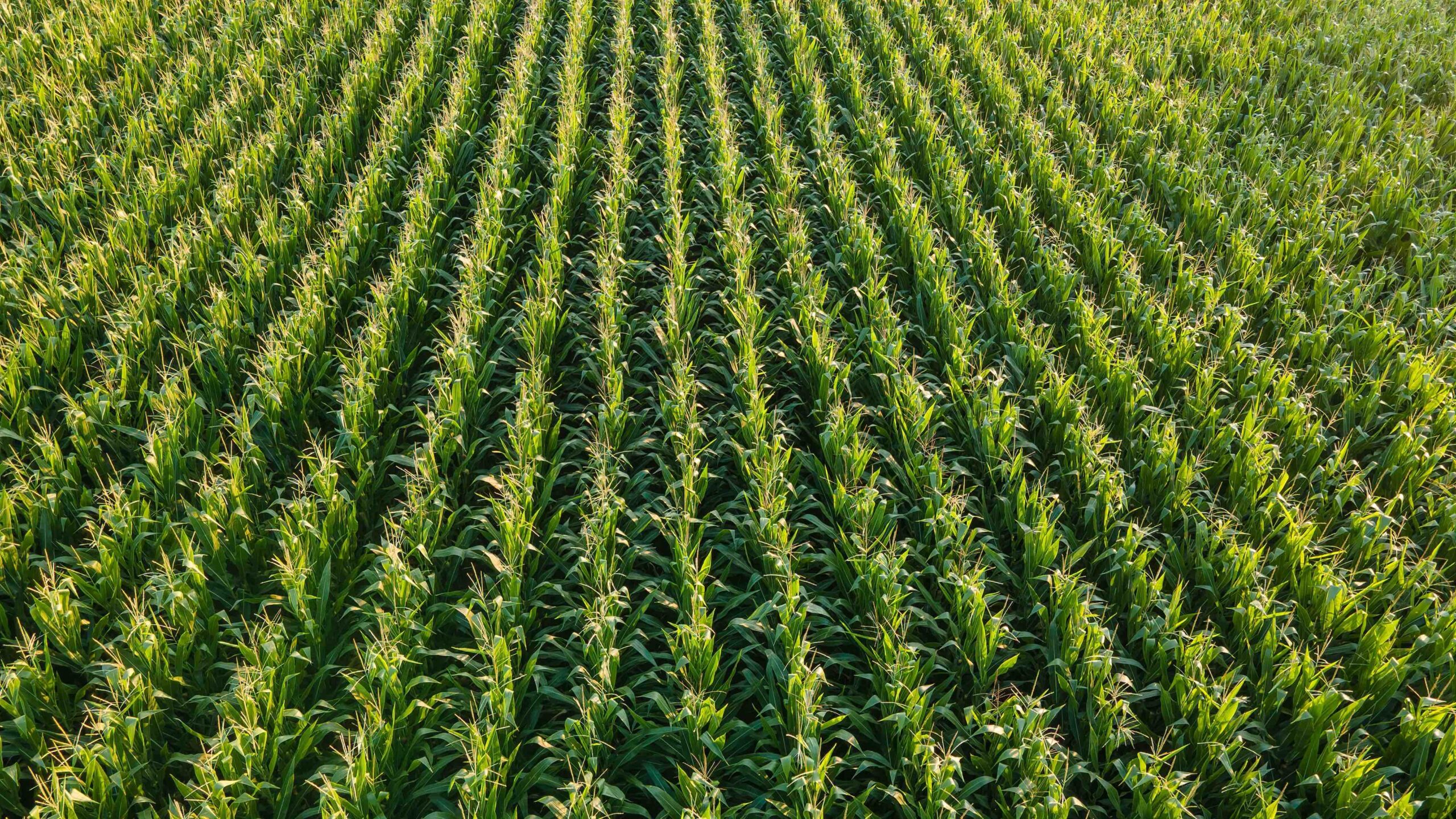USDA’s Prospective Plantings report on March 31 showed U.S. farmers intend to increase corn acres from 88.6 million in 2022 to 92.0 million in 2023. Of the 3.4-million-acre national increase, 865,000 acres or about 25%, are in the South: Alabama, Arkansas, Georgia, Florida, Kentucky, Louisiana, Mississippi, North Carolina, Oklahoma, South Carolina, Tennessee, Texas, and Virginia. Of these 13 states, 10 show increases of 10 percent or more (Figure 1). Only Texas and Florida show a decrease in corn acres year to year. One influence for an increase in corn across the South in 2023 was that the harvest futures price of corn this winter and early spring was high relative to the harvest futures price of cotton. The 10 states with an increase in corn acres decreased cotton acres by 789,000. Texas farmers indicated they intend to plant 100,000 fewer acres of corn, 1.650 million fewer acres of cotton but 1.4 million more acres of wheat and increase hay harvested area by 610,000 acres.
The South planted 9.370 million acres of corn in 2022. The prospective plantings survey showed intentions to plant 10.235 million in 2023.
Figure 1. 2023 Corn Planted Acreage, “Prospective Plantings”

In 2000, the average corn yield in the South was 120.8 bushels per acre compared to 136.9 bushels per acre nationally. Since that time, corn yield increases in the South have kept pace with the rate of corn yield increases nationally, both about 1.8 bushels per year (Figure 2). Notable is the greater degree in yield variability in the South compared to the national average. In the 23 years since 2000, corn yields in the South have been above or below the trendline yield by more than 10% seven times: -14%, 2002; +11 %, 2004; -15%, 2011; -12%, 2012; +13%, 2013; +11%, 2014; -11%, 2022. The national corn yield has only been above or below trend by 10% or more twice in that same period of time: +11% in 2004; -22% in 2012.
Figure 2. Corn Yields: South and U.S. with trendlines and projections to 2023 (bushels r acre)

Trendline yield growth in 11 southern states has exceeded the national average, three below average – NC, OK, and TX (Figure 3). Texas, the state with the largest corn acreage in this region, has essentially had no change in average yields since 2000.
Figure 3. Trendline Yield Increase, 2000 to 2022 (bushels per acre)

Based on the prospective plantings survey, 10-year average percent harvested calculations, and the trendline yield projection, corn production in the South would increase by 308 million bushels in 2023 compared to 2022.
Table 1. 2022 Corn Production in the South with Projections for 2023

Since 2000, corn production in the South has averaged 8.9 percent of total U.S. corn production, with a low of 7.5 percent in 2006 to a high of 11.0 percent in 2013 (USDA, NASS, 2023c) (Figure 4). As a share of total U.S. production, corn in the South increases from 8.3 percent in 2022 to 9.7 percent projected for 2023. This percentage is consistent with the increasing importance of southern corn production to the U.S. corn supply. However, the broad range of growing conditions across the South means yield variability in that supply is more likely year to year.
Figure 4. South’s Share of U.S. Corn Production

References
USDA, NASS (a), “Grain Stocks, “Prospective Plantings, Rice Stocks Agricultural Statistics Board Briefing”, March 31, 2023, https://www.nass.usda.gov/Newsroom/Executive_Briefings/2023/03-31-2023.pdf
USDA, NASS (b), “Prospective Plantings”, March 31, 2023, https://downloads.usda.library.cornell.edu/usda-esmis/files/x633f100h/rv044597v/gx41nz573/pspl0323.pdf
USDA, NASS (c), Quick Stats, accessed April 18, 2023, https://quickstats.nass.usda.gov/.
Welch, Mark. “The Importance of Corn Production in the South to the U.S. Corn Supply.“ Southern Ag Today 3(19.1). May 8, 2023. Permalink
Photo by David Dibert: https://www.pexels.com/photo/corn-plantation-during-daytime-5001990/

